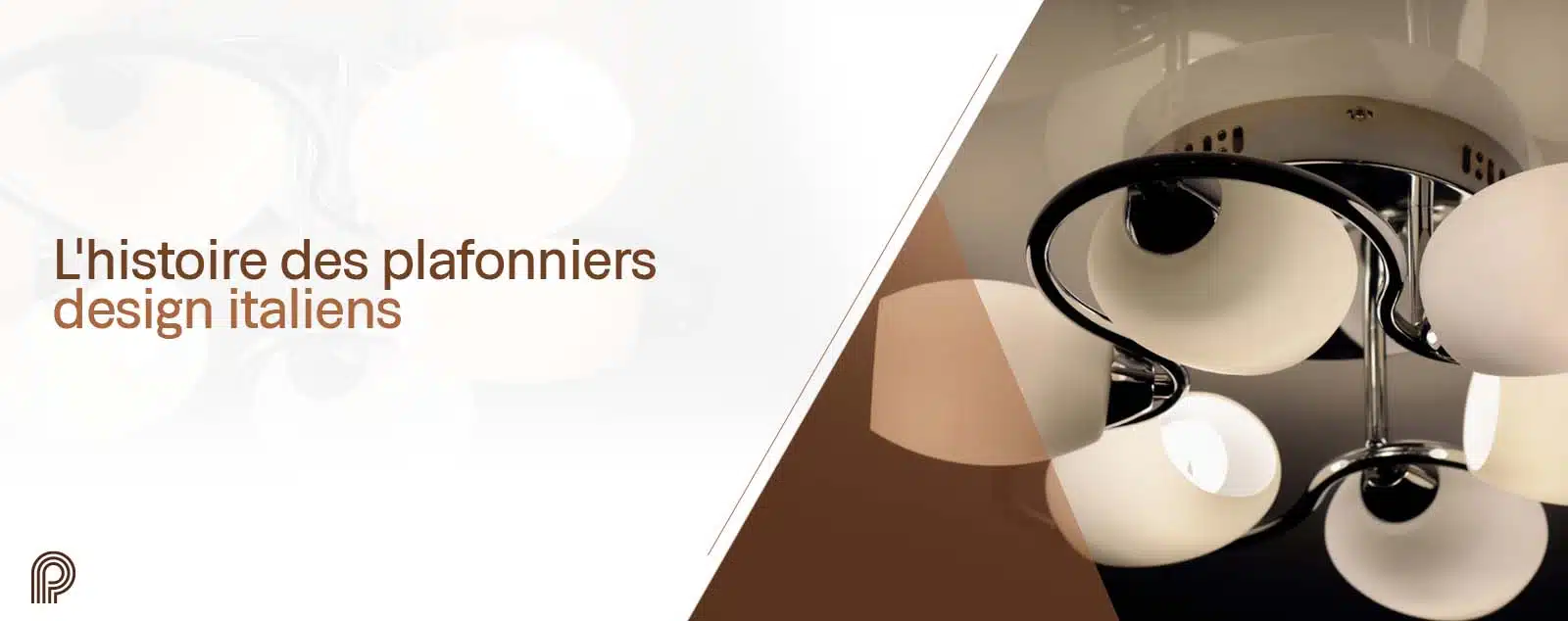Over the decades, Italian design has made a name for itself, even beyond the borders of Europe. It has made its mark in fields as diverse as industry, urban planning, styling and interior design. A pioneer in innovation and aesthetics, Italian design has naturally been interested in lighting. Lighting fixtures are essential accessories for enhancing any interior. Among these luminaires, Italian-designed ceiling lights have become a symbol of luxury and elegance. Through this article, explore the history of these chandeliers, from their beginnings to the present day.
The world of lamps, chandeliers and suspensions is very attractive. Our knowledge extends far beyond that, to include designer lamps.
The origins of Italian designer ceiling lights go back a long way. It all began with an artistic movement that followed on from ideas about beauty. The movement then evolved over the years, eventually gaining worldwide recognition. Even today, Italian design ceiling lights are still very famous.
In this article, discover the history of Italian design ceiling lights. Our main focus is on :
- The genesis of Italian design and designer ceiling lights
- The evolution of designer ceiling light styles
- Famous Italian designers and their iconic creations
- Current trends in Italian designer ceiling lights
Ready to learn more about Italian lighting fixtures, the ideal gateway to the world of design?
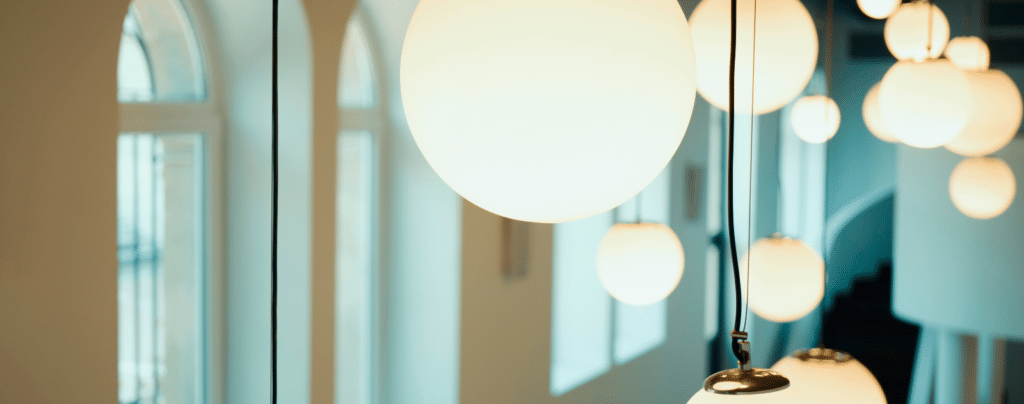
The beginnings of Italian design and the emergence of plafiers des plafig
In 1922, a revolutionary artistic movement called Novecento was born in Margherita Sarfatti’s salon. This artistic movement, which originally concerned painting, also inspired the design of interiors and furniture. The emergence of designer ceiling lights can be clearly traced back to this period. By 1926, rationalism had become the dominant artistic trend, and the aim was to get to the heart of the matter.
From then on, designs were simpler, even minimalist, a far cry from the abundant artistic production inspired by the Renaissance and Baroque eras. But more and more designers are feeling frustrated by this trend and are moving away from it. In the 1930s, designers such as Gio Ponti, then Marco Zanuso and Pier Giacomo Castiglioni began creating innovative styles. Inspired by the industrial era, design has now become an integral part of the home, and is becoming increasingly popular.
It was no longer a question of owning objects that were merely practical. These objects also had to be aesthetically pleasing or eye-catching. From sewing machines to household scales, all everyday objects were worked on by the designers of the time. Naturally, this search for beauty and the affirmation of the object’s character, beyond its practical aspect, also affected lighting fixtures. Lighting allows designers to play with both the object and the light it diffuses, making luminaires a particularly fertile breeding ground for creativity.
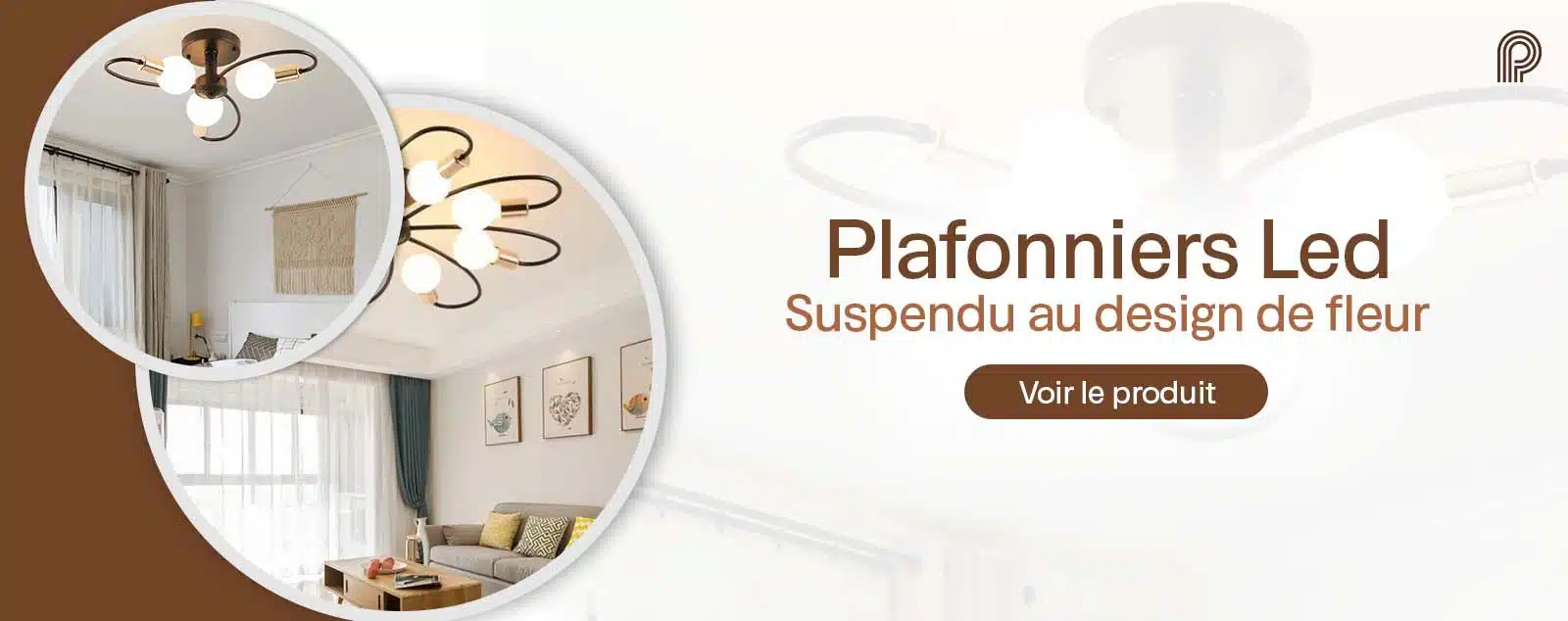
The evolution of Italian ceiling design styles: from whimsy to bold innovation
The history of Italian design takes off after the Second World War, with the fall of Fascism. Everything changed then, and Italian designers completely emancipated themselves from the strict codes of their past. They have been busy producing more colorful and whimsical Italian designer lighting, in the style of Gae Aulenti and the Castiglioni brothers.
In the 1960s and 1970s, Italian lighting design became a worldwide benchmark. The post-modern movement emerged with the Alchimia group, spearheaded by Alessandro Guerriero, and the Memphis group led by Alessandro Mendini. The objects they create are surprising with a provocative, kitschy touch, taking Italianlighting design into an innovative and daring new era.
It was all a profusion of color and extravagance of style. The materials used to manufacture Italian designer ceiling lights are just as varied. These include crystal, Murano glass, blown glass, aluminum and metal. Luxury was no longer just about the nobility of raw materials, but an ideological concept, part of an art of living.
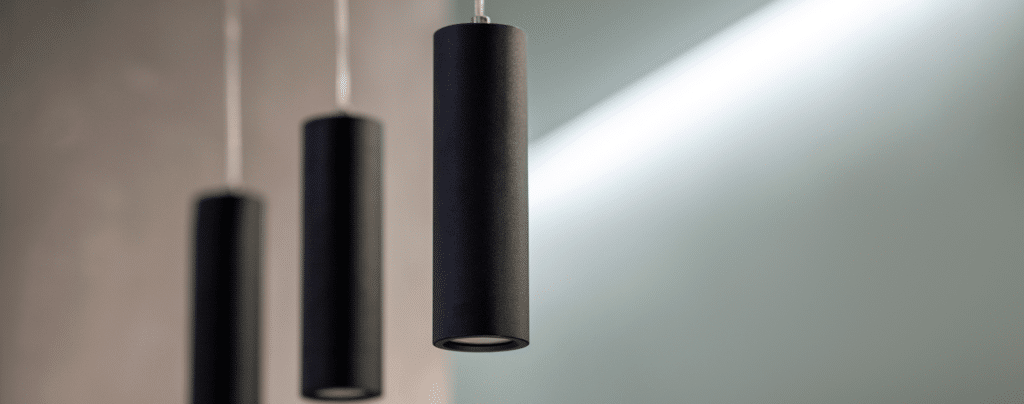
Famous Italian designers and their iconic, contemporary and luminous creations
The history of Italian design is built around a number of famous Italian designers, whose iconic pieces have stood the test of time. Some of Gae Aulenti’s product designs are still manufactured today, including the famous Pipistrello lamp, with its Art Nouveau accents. It was created in 1965 for Martinelli Luce. But this genius Italian designer has also created iconic ceiling lights. For example, his ceiling light from the Neverrino series, produced in Murano glass in 1970, captivates the eye with its beautifully detailed blue or green reflections.
In a completely different style, Luigi Caccia Dominioni’s sober Tommy ceiling light adds a touch of pure luxury to the room it decorates. The Flos LED ceiling light by Achille Castiglioni offers a spectacular design, thanks to its clear lamps that are screwed into the numerous sockets. They illuminate the room with brilliant light and add a resolutely modern, intriguing touch to any interior, with exceptional sparkle.
The Miconos satin-finish gold ceiling light, designed by the renowned Ernesto Gismondi, takes the form of a hand-blown glass globe. This luminous, contemporary work offers a warm, diffused light that adapts easily to all interiors, from the most modern to the most traditional. Meanwhile, Ecos, a suspended work of art by Renato Toso, is a ceiling light for lovers of elegance. With its white blown glass rings and large diameter, it complements modern interiors and provides a striking contrast in dark rooms.
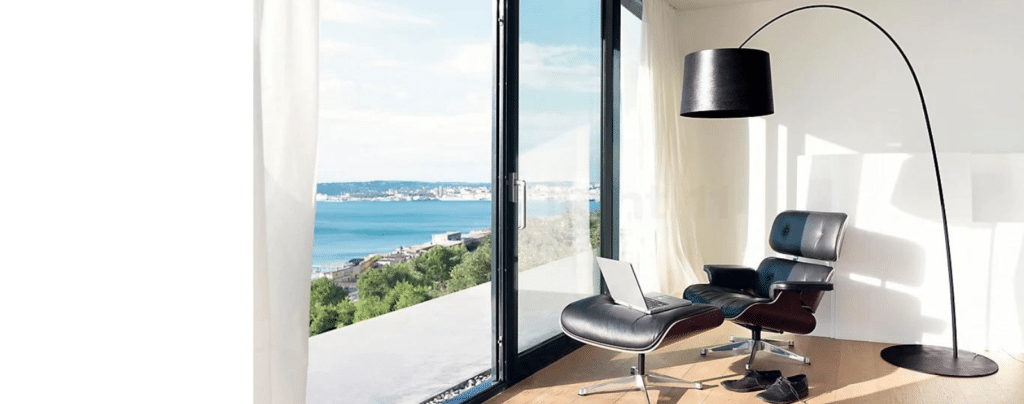
Current trends and modern creations in Italian design ceiling lights
Today’s famous Italian designers have drawn inspiration from the colossal heritage of their predecessors, such as Marc Sadler. The latter created the Twiggy and Twice as Twiggy ceiling lights for large spaces. Today’s lighting designers compete in ingenuity to create ever more impressive lamps and ceiling lights. They also have to deal with current trends and environmental concerns.
Artemide, founded by Ernesto Gismondi and today’s largest manufacturer of designer Italian lighting fixtures, has marketed its famous Skydro model. It was designed by Ross Lovegrove. Completely in line with current trends, he has drawn inspiration from the logical and aesthetic principles of nature to create modern, elegant works. He blends organic forms, innovative technologies and sustainable materials. The history of Italian design is extremely rich, abundant and fascinating.
All this creative genius materialized in everyday objects, including those used for lighting. Italian designer lighting is a highly specialized field, but many players in the field are working to democratize its acquisition. You can find Italian design ceiling lights at the right price from gallery owners or enthusiastic dealers, who will be happy to introduce you to them. Once you’ve got the hang of it, you’ll be able to dress up your home with these iconic pieces.
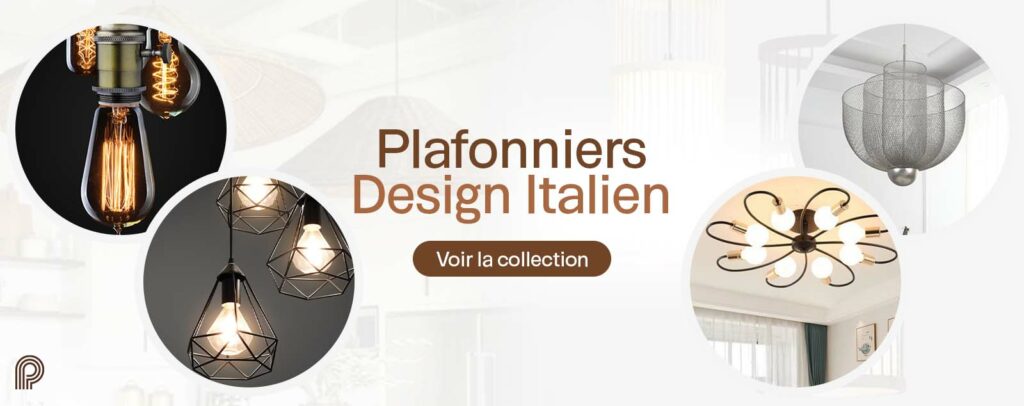
What can we learn about the history of Italian designer ceiling lights and their impact on society?
Italian design ceiling fixtures were born in the heart of an artistic movement whose aim was the pursuit of beauty. This quest for elegance has seen some of the world’s greatest designers innovate and create iconic pieces. Some of these works are still very much in vogue today. At the same time, new designers, following a more modern trend, are creating new pieces.
